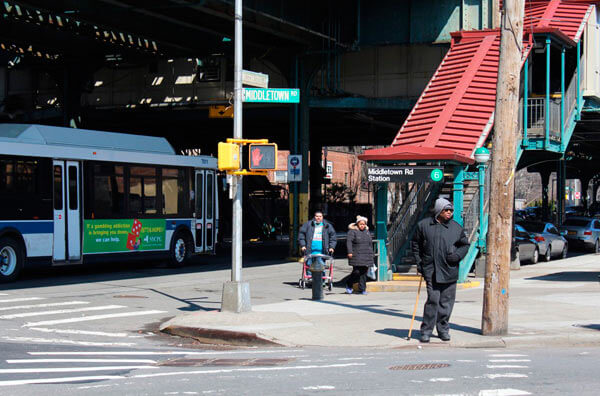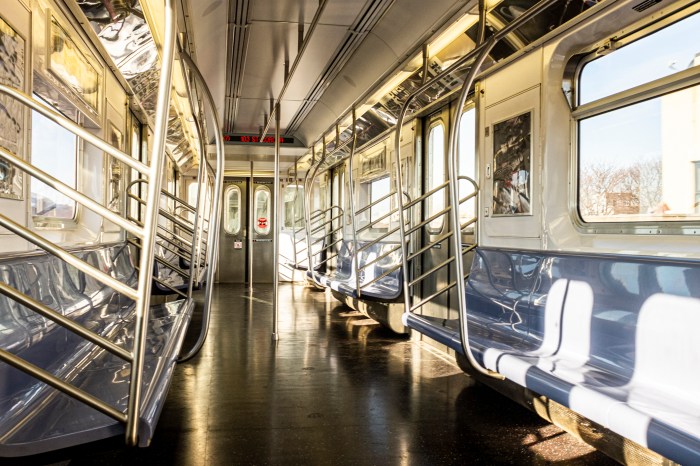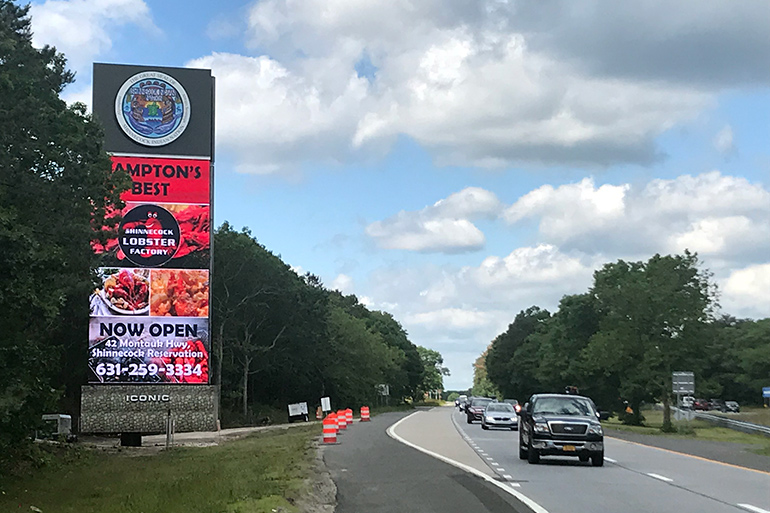With portions of the Caribbean still struggling to recover from massive hits by hurricanes Irma and Maria in September, U.S.-based airlines flew nearly 10 percent fewer seats to the region in December than they had a year earlier, according to reports.
Still, the factors that airlines consider when deciding how much to pare down service to Caribbean islands and other locales that are reeling from national disasters go well beyond merely dollars-and-cents considerations, industry sources told the Secaucus, N.J.-based Travel Weekly.
“From the standpoint of airlines, they take the long view,” said U.S. aviation industry analyst Bob Mann of R.W. Mann & Co. “They have employees in the island. Those employees have families. The airlines have an infrastructure in the island. They have account relations in the island. You just wouldn’t walk away from that. It’s part of the social contract. It’s not just wretched capitalism.”
According to the airline data analytics company OAG, the most-damaged Caribbean islands are all experiencing substantial drops in airlift this winter.
It said capacity to Puerto Rico was down 28.2 percent year over year in December. In the U.S. Virgin Islands, it was down 47.2 percent. Dutch St. Maarten, where the airport has been forced to move into temporary facilities while the terminal is rebuilt, saw a decrease of 62.4 percent.
Other affected destinations, including St. Barts, Anguilla, St. Kitts and Nevis and the British Virgin Islands, saw air service declines of between 11.6 percent and 32.8 percent, Travel Weekly said.
OAG said it expects similar types of numbers in January and February.
Among specific airlines, Travel Weekly said American and JetBlue, the two largest US carriers in the Caribbean market, flew 15 percent and 11.8 percent less capacity, respectively, year over year to the Caribbean in December.
Delta’s capacity was down 17.1 percent, United’s was down 25.7 percent, and Spirit flew 25 percent fewer Caribbean seats, Travel Weekly said.
It said one exception to the trend was Southwest, whose Caribbean capacity was up 16.6 percent. The carrier has been broadening its Caribbean service since moving into the international market in 2014, Travel Weekly said.
It said the storms and subsequent drop in service to affected markets have had a less consistent impact on prices.
According to Hopper, an app that tracks airfares for price-conscious shoppers, fares out of the US market were down 22.3 percent during the Dec. 16 to 25 holiday period for San Juan and down 23 percent for St. Croix, for example.
But prices to St. Thomas were up 26.6 percent, and prices to St. Maarten were 36.9 percent higher, Hopper said.
Hopper measures prices based on what a traveler buying airfare that is cheaper than the fares purchased by 90 percent of travelers would pay, Travel Weekly said.
Mann noted that, during the period when a destination is rebuilding from a hurricane, the nature of its travelers changes.
Tourists make up a smaller portion of the market share, while higher-price-point business travelers, notably contractors, make up a larger portion of the market, Travel Weekly said.
It said capacity reductions can also serve to drive up an airline’s yield, even when flying to a storm-ravaged destination.
Eric Zipkin, who owns the small operator Tradewind Aviation, along with brother David, said that in the immediate aftermath of Irma and Maria, the publicly-owned U.S. airlines responded to strong shareholder pressure to cut capacity to affected islands. But shortly thereafter, they began adding it back, he said.
Tradewind has made similar calculations, Travel Weekly said, stating that the carrier typically flies as many as 40 to 50 frequencies during the winter months from its Caribbean base in San Juan to St. Barts, Antigua, Nevis and Anguilla, using eight-seater Pilatus PC-12 aircraft.
This year Tradewind had hoped for a boost from a codeshare agreement on the St. Barts, Antigua and Nevis routes that it entered into with United in October, Travel Weekly said.
But, instead, it said Tradewind reduced its Caribbean capacity year-over-year by 31.7 percent this December and reallocated some of its aircraft to its Northeast network.
Eric Zipkin said that Tradewind won’t fly to Hurricane Irma-ravaged Anguilla at all this winter, a route that normally would represent about 5 percent of its Caribbean frequencies, according to Travel Weekly.
On the other hand, he said, Tradewind has high hopes for St. Barts this winter, even though the eastern Caribbean destination, a favorite of wealthy travelers, was pummeled by Irma.
Flights from San Jose to St. Barts then on to Antigua typically make up 90 percent of Tradewind’s Caribbean frequencies, and the carrier expects to be flying between 70 percent and 80 percent of last year’s capacity to St. Barts in February and March, according to Travel Weekly.
“We are spending a great deal of effort to educate both the travel industry and the consumer that certain islands are completely fine, like Nevis and Antigua, and that even some islands that were hit hard are recovering very quickly, like St. Barts,” said David Zipkin.
Echoing Mann’s comments, the Zipkins said they have very much taken the long view when making decisions about how to adjust flying schedules in response to the hurricanes, according to Travel Weekly.
“It is immensely important, both from a humanitarian standpoint and also from a business standpoint,” Eric Zipkin said. “Caribbean destinations survive on critical mass. If it gets below a certain point, there’s not enough business for restaurants. As restaurants close, there’s less reason for tourists to come. So, when you have something like a hurricane strike, it’s really important to maintain enough of that critical demand as possible.”





















